
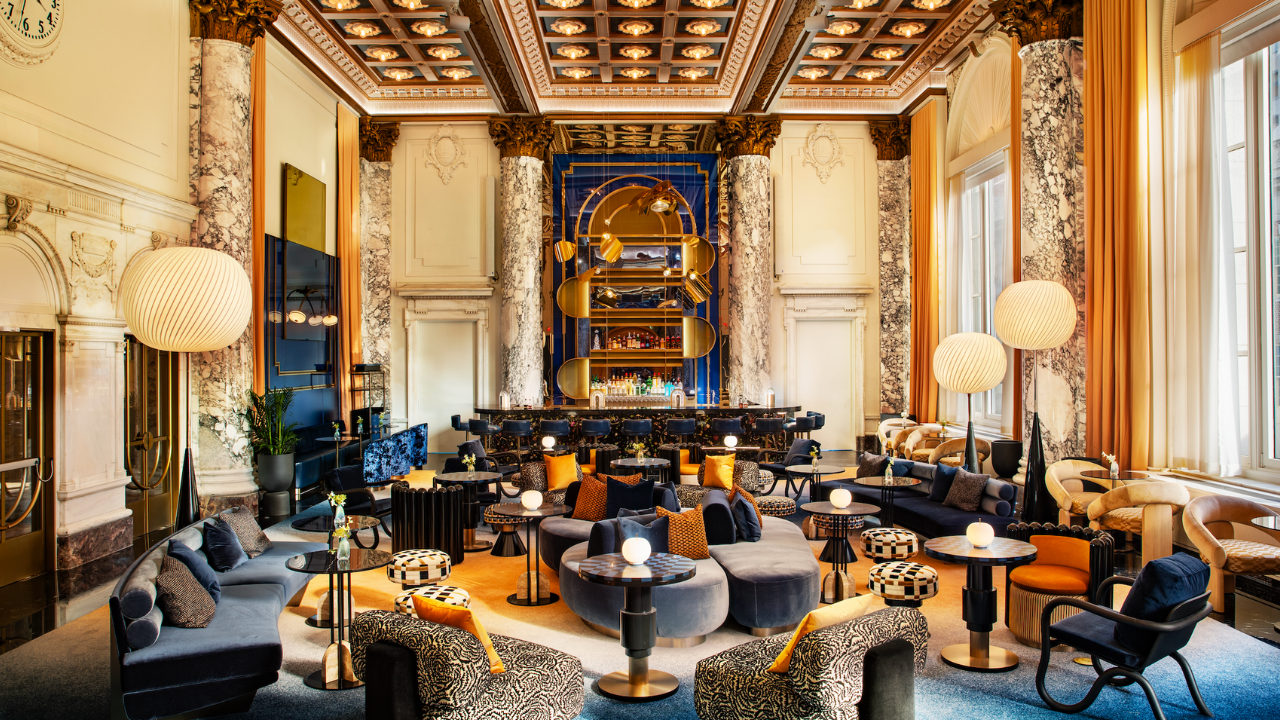
New York thrives on reinvention, but it does not always forgive it. The city remembers everything — every club that mattered, every restaurant that flamed out, every hotel that promised to be the “new” center of gravity. To reopen in this city is to reintroduce yourself with a new vocabulary, and on a warm September evening, W New York – Union Square did exactly that.
After a $100 million transformation by Rockwell Group, the iconic Beaux-Arts building at Park Avenue South and 17th Street has reopened as something more than a hotel. It has returned as a cultural salon, a neighborhood anchor, and a stylish declaration that the W brand — born in New York over two decades ago — has matured without losing its audacity.
A Cast Worth the Stage
On September 5, opening night began at Seahorse, W Union Square’s seafood brasserie, where a star-studded crowd gathered to celebrate the monumental reopening of the New York Landmark. Among those in attendance was Michelle Williams, who slipped quietly into the dining room, her presence as understated as ever. At the bar, Jane Krakowski was in high spirits, her quick wit cutting through the clink of glasses. Lucien Laviscount, sharply tailored, drew his share of attention, while Ella Emhoff leaned into her downtown nonchalance.
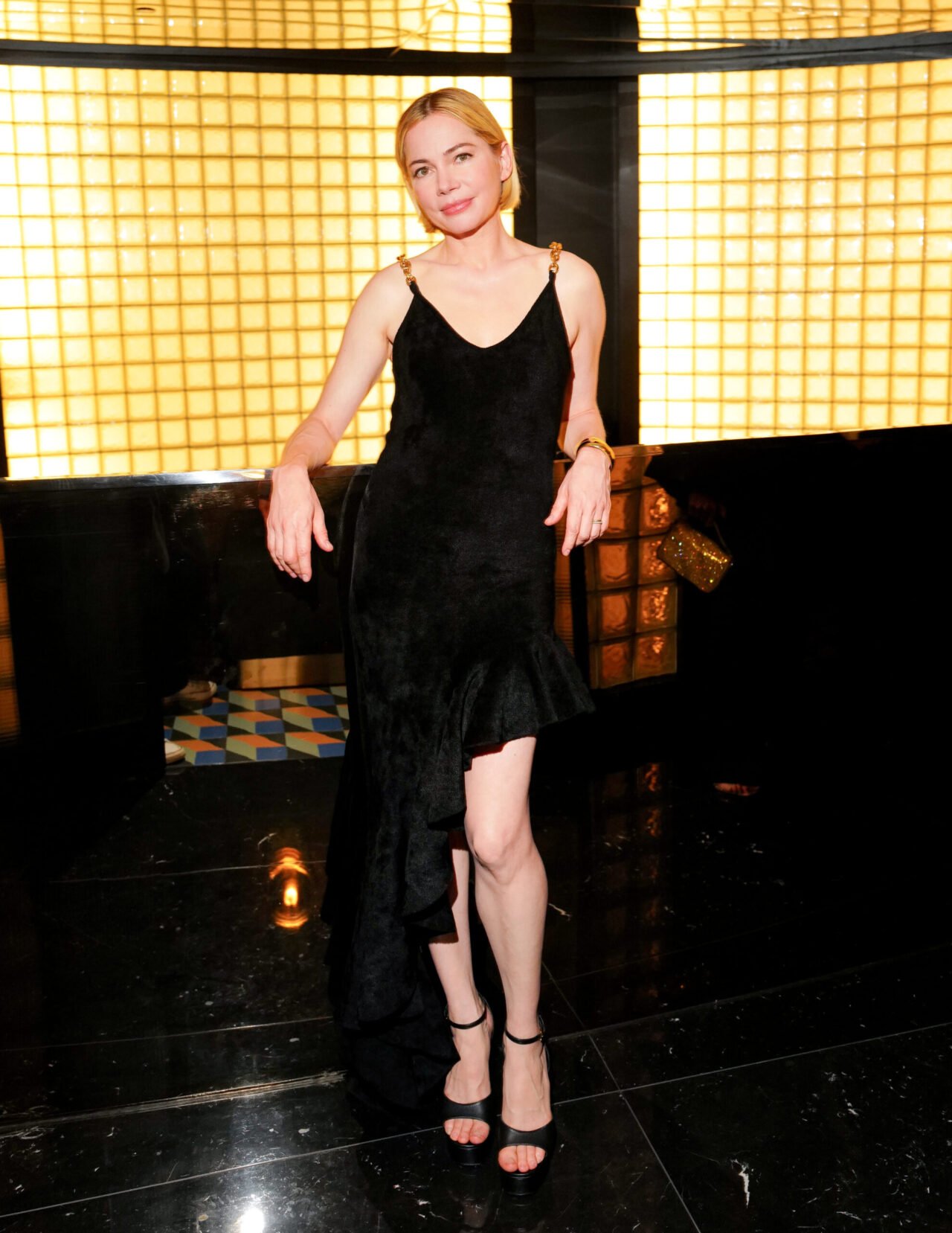
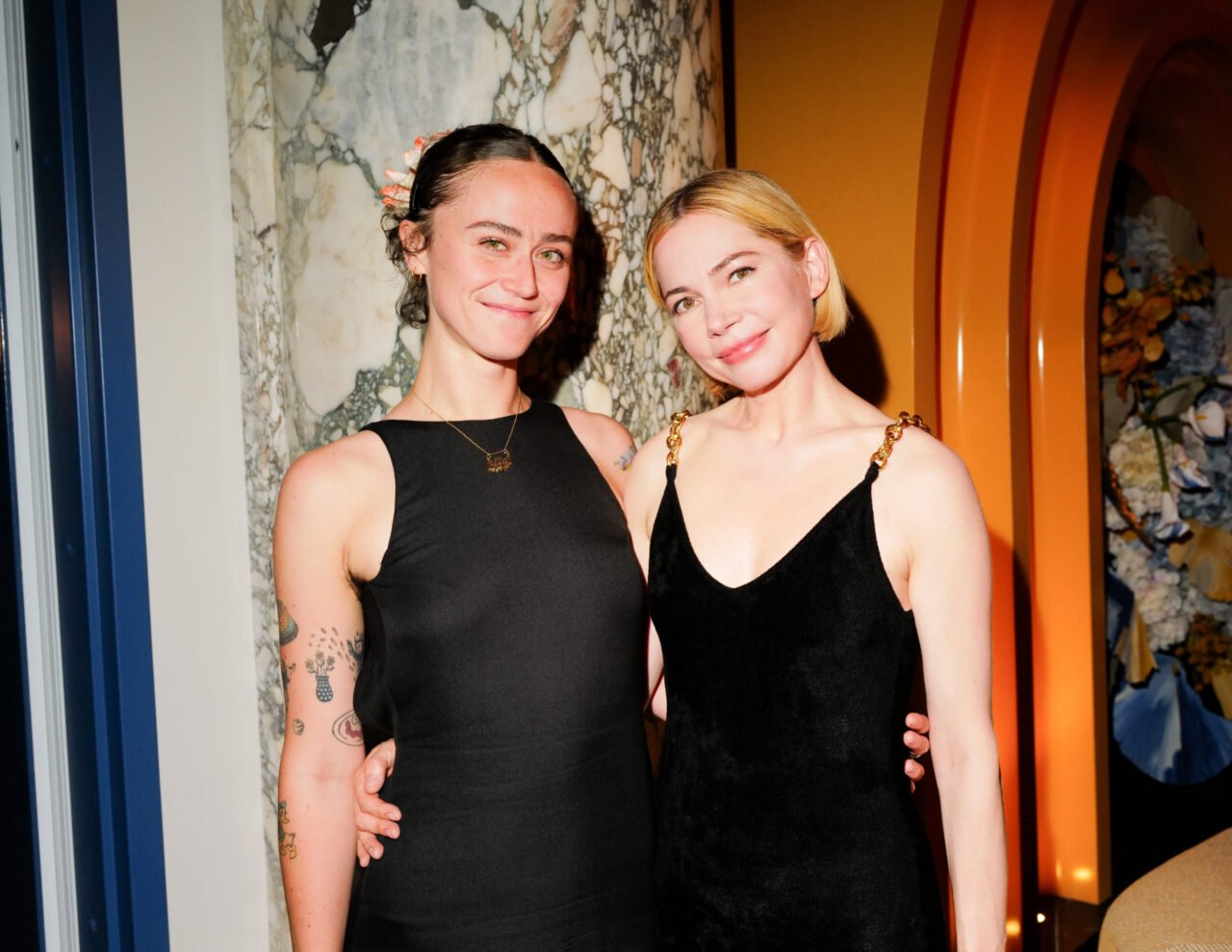
Upstairs in the Living Room, Hari Nef was spotted gliding through the crowd with her usual ease, part performer, part observer. Moses Sumney carried a quieter pull, magnetic without effort, while Tyler Mitchell, camera nowhere in sight, still scanned the room with a photographer’s eye.
Then Susanne Bartsch made her entrance — less arrival and more statement — reminding everyone that nightlife here remains theater, and she, one of its defining directors.
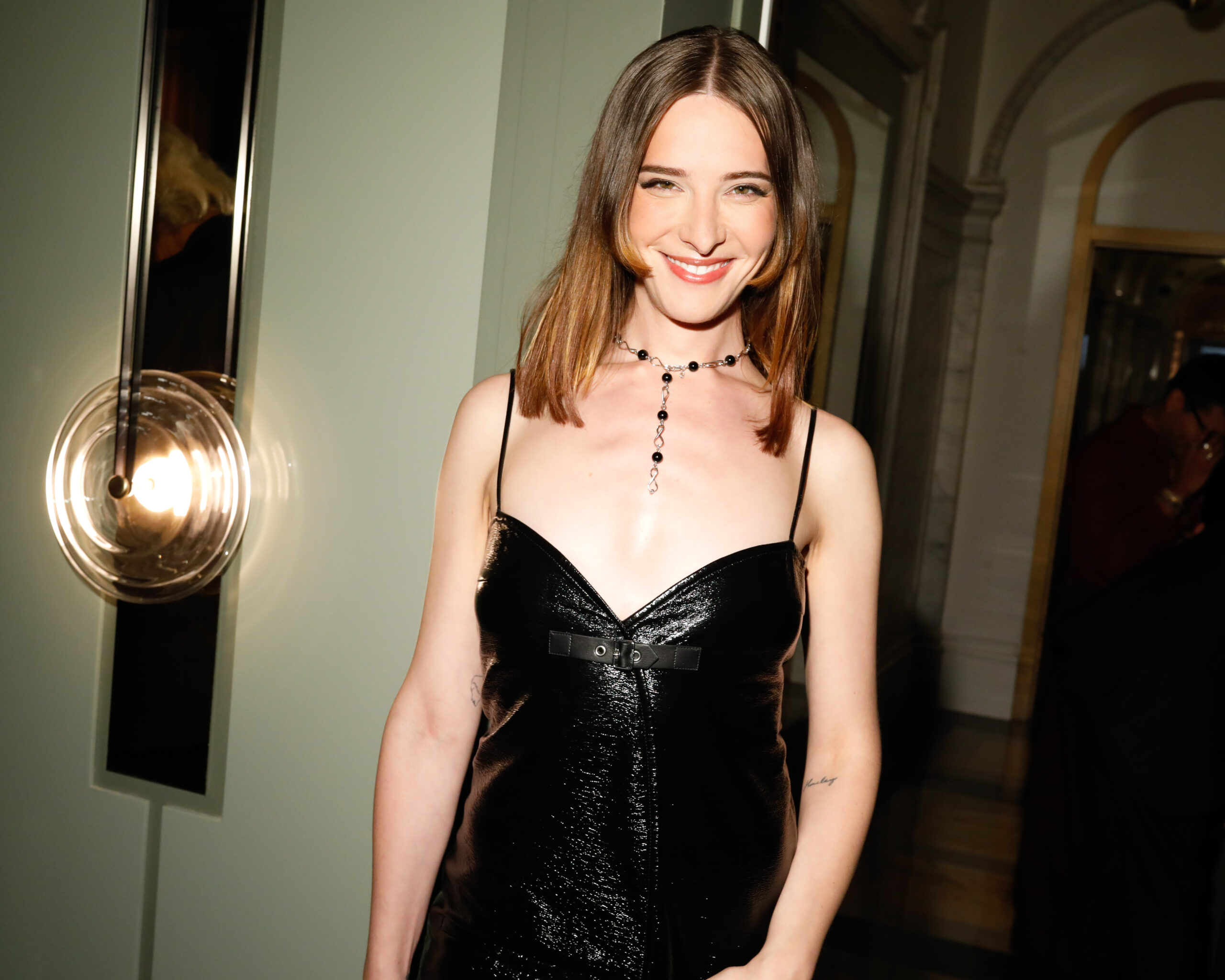
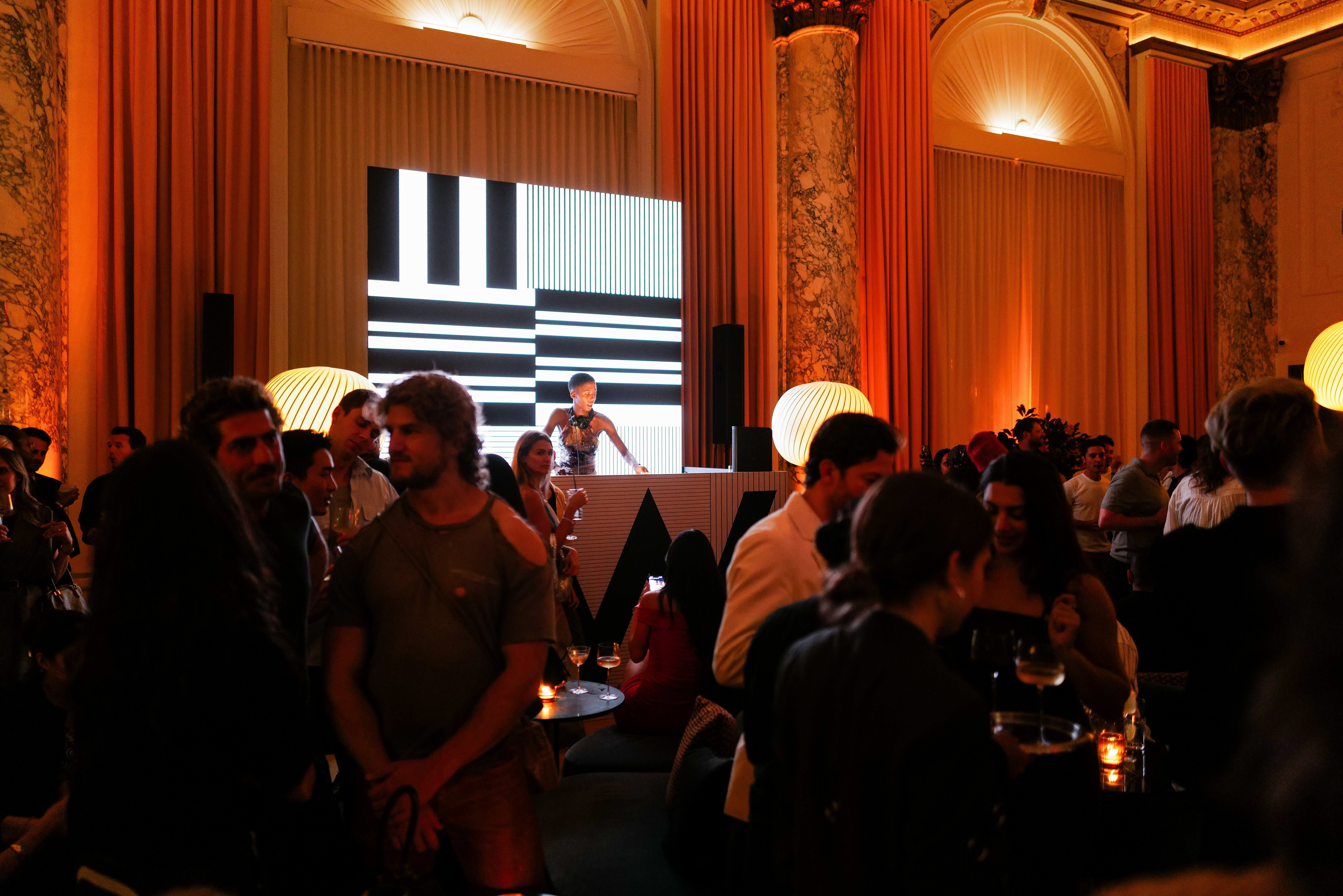
The Living Room, Reimagined
The heart of the W Union Square is its Living Room. Once a ballroom, now reimagined as a Beaux-Arts salon, it shows off marble columns, Corinthian capitals, velvet banquettes, and petal-shaped chandeliers. Rockwell’s design feels opulent but not nostalgic, rooted in the building’s history while attuned to the present.
A double-height bar lined with resin-encased botanicals anchors the room, glowing by night. By day, Devoción coffee fuels the new Living Room Café; after dark, cinematic projections and a full slate of programming — from live music to art talks — turn the space into Union Square’s latest cultural hub.
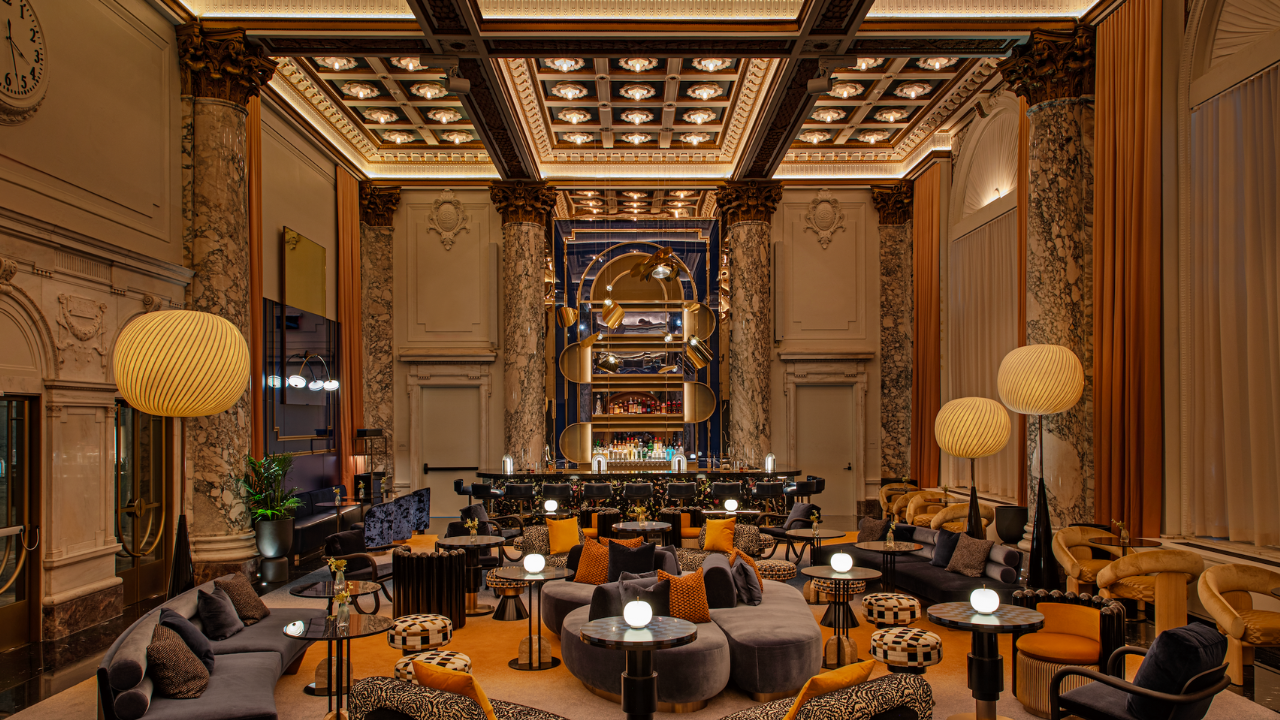
Design That Listens
The building dates back to 1911, originally built for Guardian Life Insurance. For its latest chapter, Rockwell Group created interiors that feel as observant as they are expressive. A palette of greens, oranges, and grays nods to Union Square Park’s seasonal shifts, while details point directly to the neighborhood: subway-lamp light fixtures, chessboard side tables, grid-patterned tiles, and even faucet handles in taxicab yellow. It’s not theming so much as texture — subtle layers that root a global brand firmly in New York.
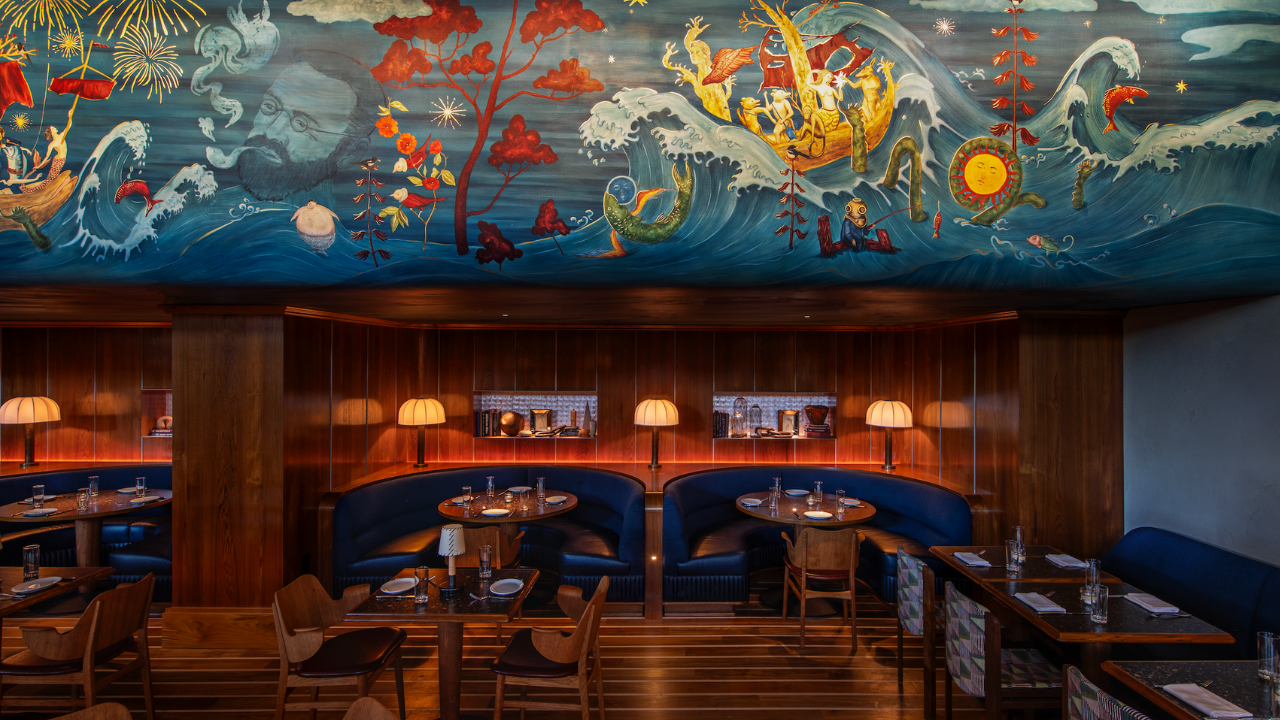
Seafood, With a Wink
Downstairs, restaurateur John McDonald and chef John Villa have opened Seahorse, an eatery that feels both refined and playful. The menu leans coastal but with a New York sensibility: lobster cavatelli arrives with a subtle kick, while seafood crudo is crisp and bright, a nod to the Greenmarket just a few blocks away. The dining room, with its mother-of-pearl inlays, yacht-style wood finishes, and mermaid-green tiles, balances maritime nostalgia with uptown polish. It’s the rare hotel restaurant designed to be both a neighborhood fixture and a destination in its own right.
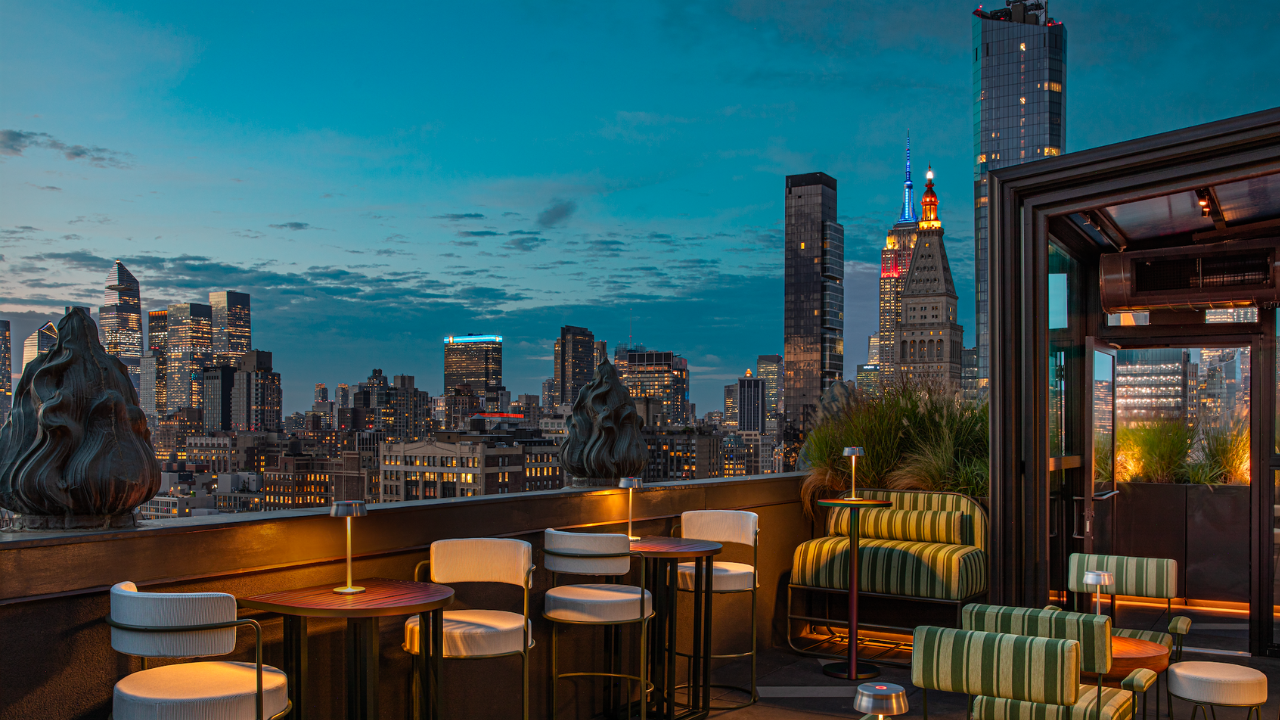
Above the Square
The rooftop bar, designed by AvroKO, is a smaller, more intimate gesture, but no less potent. With concrete floors patterned to mirror Union Square below and interiors that nod to Warhol’s Factory and Max’s Kansas City, the rooftop feels less like a hotel amenity and more like a knowing reference to the city’s artistic past. At golden hour, with the skyline stretched in every direction, it is easy to imagine the rooftop becoming the kind of place where stories — social, cultural, romantic — begin.
A Return, Not a Replica
What makes the reopening notable isn’t the $100 million price tag or even the guest list, but the fact that W Union Square has re-entered the city as a character in its own right. When it first opened in 2001, it helped define the idea of lifestyle hospitality — part social hub, part design experiment, part cultural stage. Nearly 25 years later, it returns not as a replica but as a more assured version of itself.
On opening night, as conversations drifted from the Living Room to the rooftop, it was clear: W Union Square is once again a place to gather, to watch, to be seen. A hotel bold enough to try shaping New York’s cultural rhythm — and, for now, managing to pull it off.














